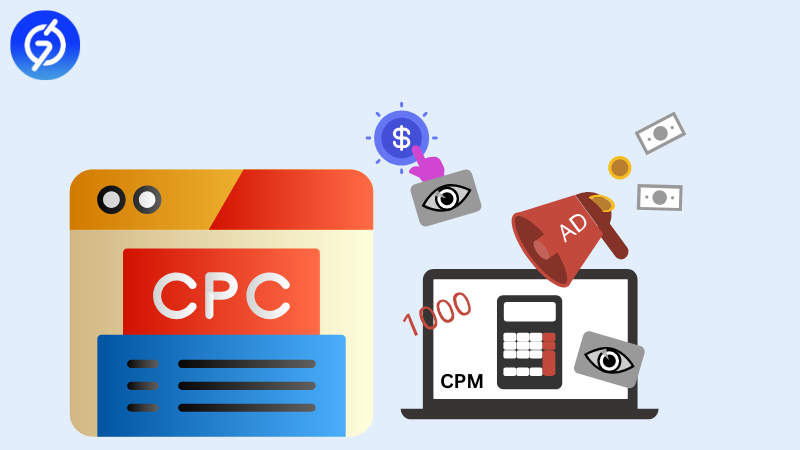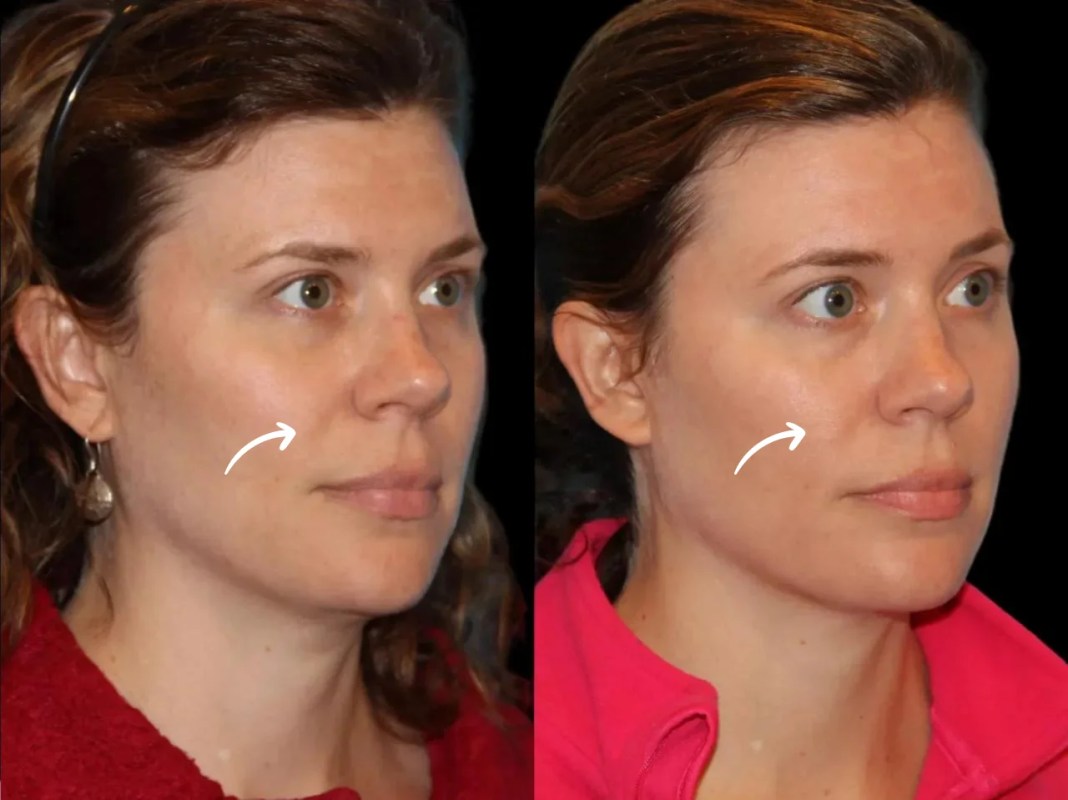What is the one thing that separates the successful and unsuccessful healthcare promotions? It’s how well you’re able to reach your audience and appeal to them.
Because let’s be real, not everyone is looking for the solution you’re offering. If you’re aiming blindly, then you’re setting up your ads for failure. To avoid any of this from happening, you need healthcare ad platforms that are advanced enough to get things right.
So, what are these platforms, and how do they work? Let’s break it down in this blog.

What are Healthcare Ad Platforms?
Healthcare ad platforms are specialized networks designed to help healthcare brands, pharmaceutical companies, and medical service providers promote their products or services. They have a broad network of publishers in the healthcare industry, allowing you to show your ads across multiple GEOs and sites. It makes targeting audiences such as patients, caregivers, or healthcare professionals through paid media.
It’s simple to understand how these ad networks work. The process begins on two separate ends, with the advertiser on one and the publisher on the other.
Publishers, such as healthcare bloggers or website owners, monetize their content by allowing advertisers to display ads on their websites. The healthcare ad network collects empty ad spaces and sells them to advertisers using a real-time bidding system.
Advertisers or media buyers can then create healthcare ad campaigns and run them on these publisher sites using features offered by the ad network.
The Benefits of Working With Healthcare Ad Platforms
Take a look at how working with an ad network can benefit advertisers and media buyers.
Reach a very specific audience
One of the most important aspects of healthcare advertising is that you need to reach the right people at the right time. For instance, if someone is looking for a pharmacy in Brooklyn, then they shouldn’t get an ad for one in Manhattan. Ad networks can help with that! You can target a very specific set of audience based on their demographics, location, interests, device types, time range, OS, and a lot more.
Get access to a wider market
Since ad networks are connected with multiple publishers across the world, you get access to a wider market. Finding placements within your budget becomes easy, and you keep getting opportunities to place your ad in front of an untapped audience. This increases the market area you operate within and ultimately gets you more conversions.
Saves you time
If it weren’t for healthcare ad platforms, you’d be roaming around helplessly in search of ad spaces on the internet, trying to find the best deal.
But ad platforms put everything together for you in one place. You don’t spend time researching and negotiating for ad placements. Everything is AI-powered, providing high-traffic placements to display ads that fit within your budget. You don’t miss out on placements that could have given better traffic, and save a lot of your time.
Simplified Process
Ad networks simplify the entire ad management and placement process by providing centralized control. You start by choosing your ad formats and pricing models, followed by setting your ad campaign by choosing targeting options and uploading creatives. Once your campaign is live, you can check statistics and make changes to your campaign in real time.
Many ad platforms also provide the facility of ad managers who can create your ads and set up campaigns.
More control
When you start researching a bit about ad networks, you’ll know that most of them are self-serve. This means you have complete control over the campaign with no interruptions and extra costs. You can start, shut down, and restart campaigns as needed. Extend and reduce bids as per your budget. Fix budget limits for the day. And optimize targeting and pricing models as needed.
Reduced risks
Many ad platforms have put together fraud-detection tools and algorithms that protect advertisers from spending money on invalid or fraudulent traffic. You can be sure that any clicks and impressions you get are from real users and not any click farms or other malpractices.
Performance Analytics
Most healthcare advertising platforms offer real-time metrics, enabling you to track the performance of your campaign. You can check clicks, impressions, conversions, ROI, etc, to make data-driven decisions. A few advanced options also provide a feature that allows you to run split tests on different creatives, placements, and audiences to determine what works best.
Factors to Consider While Choosing a Healthcare Ad Platform
So, how do you know what platform is the best for you? Here are a few steps to take:
>>> Maximize Ad Performance with Top Healthcare Platforms in 2025<<<
Targeting Capabilities
Check what kind of targeting the ad network provides. Since the healthcare audiences are niche and specific, look for demographic, location, interest-based, OS, and device type targeting.
Trust and Credibility
Check the reputation of the ad network beforehand. Look for reviews and testimonials from current and previous advertisers online, and see if the platform is legit and delivers what it promises. It’s best to stay away from ones with too many poor and low reviews. Make sure you trust the platform before putting your money into it.
Restriction and Approval Policies
Healthcare and medicine ads are often subject to restrictions and stricter approval processes. So, check the kind of ads the platform allows you to publish, and any required disclosures you might have to make. Learn about what can get you restricted so you don’t lose money later.
Ad Formats and Pricing Models Available
Review the ad formats and pricing models available on the platform. See if they have the ones that you’re looking to publish now and in the future. It’s best to choose one with multiple pricing models and ad formats to maintain flexibility and allow for experimentation.

Reach and Quality of Inventory
Another factor to consider is the platform’s reach and the quality of its inventory. It should be well-connected with publishers from across GEOs and continue to scale itself. In terms of inventory quality, verify that it features premium publisher sites with genuine, high-quality traffic.
Support System
Every ad platform comes with its features and complications, which is why you need a good support system. Verify if the platform is equipped with an active client servicing team that is available to address all your queries. Bonus points if it’s available 24*7.
Conclusion
No matter how good an ad you publish, it won’t have any real impact until it reaches your audience. For that to happen, you will need a reliable healthcare ad platform. With so many available in the market, you have a lot of choices to work with. But the key is to understand which one of them fits your current and future needs, along with your budget. Check for things like the targeting capabilities, trust and credibility, restrictions and approval policies, and the quality of inventory. Test them out well to find the best one.
Frequently Asked Questions (FAQs)
What are healthcare ad platforms?
Ans. Healthcare ad platforms are online tools or platforms designed to help healthcare brands, pharma companies, and medical suppliers reach their audience through publisher websites.
What makes healthcare ad platforms different from general ad platforms?
Ans. Healthcare ad platforms are built to handle sensitive and restricted content, along with having an inventory consisting of only healthcare advertisers.
What ad formats work best for healthcare advertising?
Ans. Banner, native, and text ads are considered to be the best for healthcare and pharmacy advertising as they don’t look spammy, and can very conveniently convey all the necessary information.
What challenges do healthcare media buyers face some challenges?
Ans. Strict regulations, sensitive content, targeting the right people, and hard-to-pass approval processes are some major challenges faced by healthcare media buyers.
Is healthcare and pharma advertising legal?
Ans. The legality of healthcare and pharmaceutical advertising varies depending on the local state rules and advertising platform.



